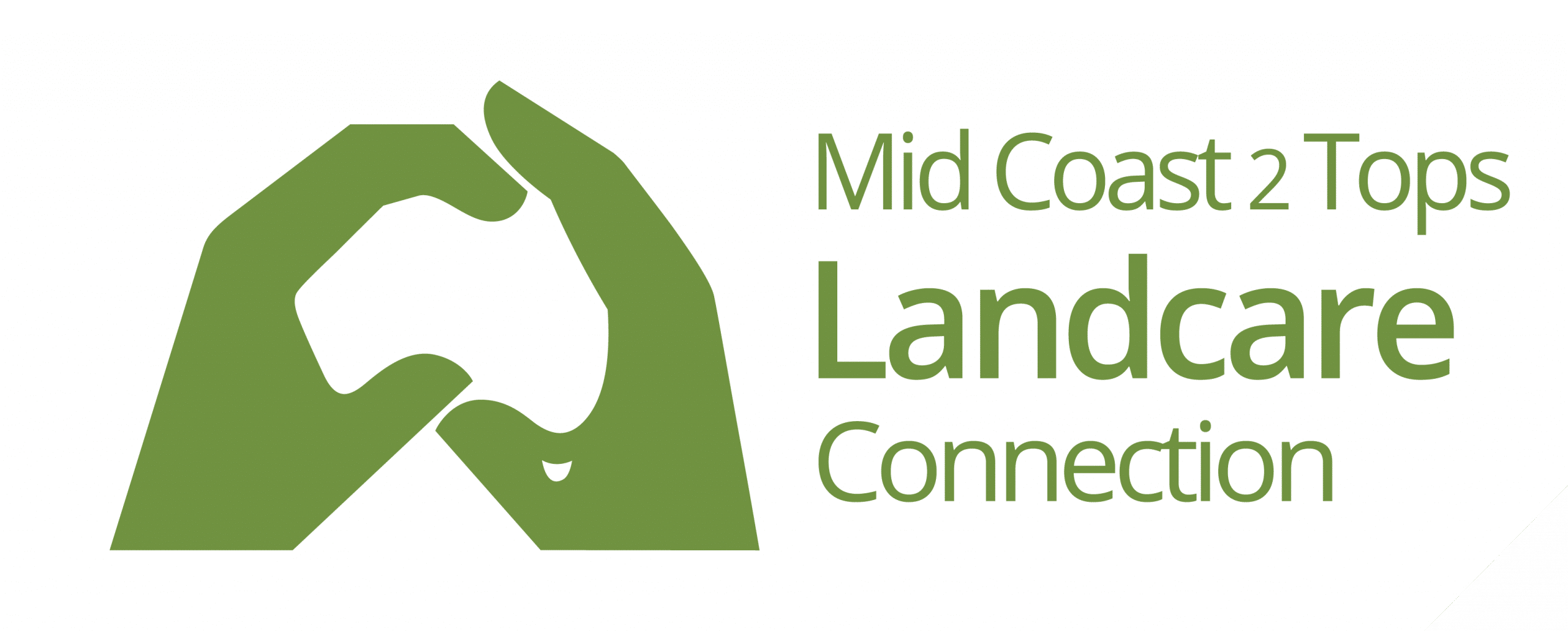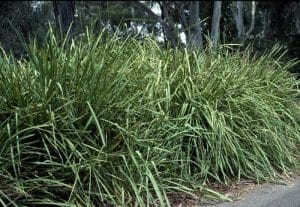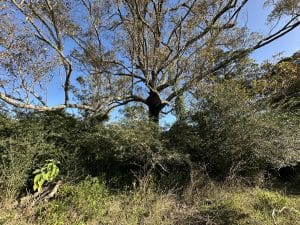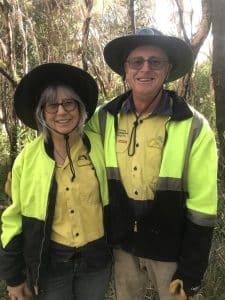Tawny Frogmouth – Podargus strigoides
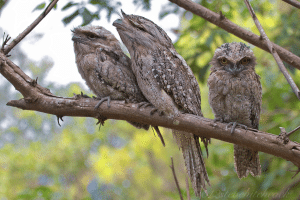
A Tawny Frogmouth Family photographed in Maleny, Queensland by Steve Hitchcock (Flickr).
These scruffy looking night birds are commonly overlooked due to their expert ability to blend in with their surroundings. The masters of camouflage, Tawny Frogmouths have mottled plumage in grey, rufous, white and black feather patterns which is easily mistaken for a dead tree branch due to their ability to flatten their bodies, sit perfectly still and keep their eyes closed during the day.
Their feathers are soft like owls, and allow for silent flight to enhance stealthy hunting. And although they are often mistaken for owls, Tawny Frogmouths are more closely related to Nightjars. They have a large, wide beak with a distinctive border of bristles that may assist with prey detection and deter stings from captured insects. They range in size from 34-58cm, with males being larger than females.
Their scientific moniker “Podargus” is Greek for gout, and refers to their feet, which unlike owls, are small and do not have curved talons. Their gait when walking is said to look like a ‘gout-ridden man’! The species name ‘strigoides’ means ‘owl-like’.
Common all over Australia, there are two other species Podargus papuensis from the Cape York Peninsula, and the rainforest dwelling Podargus ocellatus, which occurs in Cape York, SE Queensland and NE NSW.
The more common Podargus strigoides occur in a range of habitats (including urban environments) on mainland Australia and NE Tasmania, but rarely occur in treeless arid and alpine areas, or in very dense rainforest environments.
Mating pairs bond for life and are dedicated parents, despite being terrible at building stable nests – which tend to be a loose pile of sticks on a fork of an old tree. Both sexes incubate eggs over a 30-day cycle, with the male often sitting on the eggs during the day. The pair will then tend to their young for 25-30 days after hatching, providing food and care until they fledge. Breeding pairs are often observed huddling together, and males have also been seen gently stroking the beak of their partner. It is also thought that when one of the pair dies, the living partner will grieve with a disturbingly sad whimpering call for several days. Some birds stop eating and drinking for several days after their partner is killed.
Their diet mainly consists of nocturnal insects, worms, slugs and snails. Small mammals, frogs, reptiles and birds are also eaten. They will often catch flying insects, such as moths, in flight, which makes them susceptible to car strike at night as they swoop into the headlight beams in chase of insects. They have a distinctive, but soft and deep ooo ooo ooo call, which is often continuous.
Although common, Tawny Frogmouths need old trees to nest in, and so loss of habitat and urban trees is a significant threat to their survival. They are also commonly killed by car strikes at night.
This article is possible thanks to the shared work of the NSW Biodiversity Conservation Trust and Landcare NSW under the Private Land Conservation Matters project, supported locally by MidCoast Council
